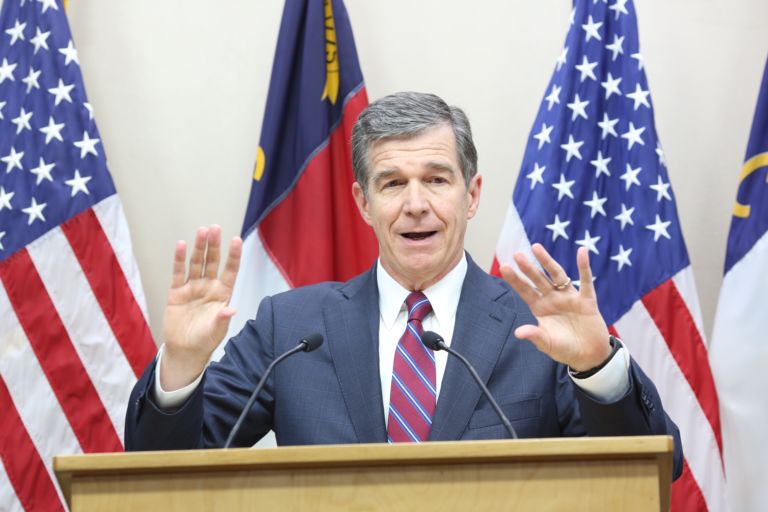Frederick Hess of the American Enterprise Institute explores the coronavirus pandemic’s lasting impact on American education.
Until March 2020, American schooling looked much like it had in 1920. Despite new technologies, ever-increasing outlays, and wave after wave of reform, the rhythms and routines of America’s schools were little changed. Students set out from their homes to school in the early morning, sat in front of a teacher in primary school or a series of teachers in secondary school, sporadically used the latest technologies, and then headed home. Dress codes, popular pedagogies, the number of adults in the building, and the technology may have changed, but what students and teachers actually do had not.
Then came Covid-19. Schools shut down nationwide, forcing educators to think differently about educational delivery. The sudden shift to remote learning spurred new practices, leading teachers to discover new skills and strategies. It also created unparalleled transparency for parents regarding what happens in the classroom and upended how tens of millions of parents interacted with their children’s schools.
The disruption born of this once-in-a-century pandemic could yield a once-in-a-century opportunity to reset K-12 schooling. Closures rattled public confidence in local schools. Familiar routines were shattered. Interest in home schooling and other alternatives has exploded. All of this loosened the status quo’s grip on school norms, parental expectations, and the public imagination.
And yet, even as schools spend close to $200 billion in federal Covid-19 aid to tackle learning loss and “build back better,” they’ve mostly doubled down on what’s familiar. School systems are using these funds to add staff, buy tablets, and hand out bonuses. …
… It’s time for would-be reformers to set aside the familiar stratagems and look more closely at two fundamental questions: How do schools use professional talent? And how do they use technology? The post-pandemic recovery offers a unique moment to tackle these queries and escape the gravitational pull of the “more is better” philosophy.


